Expendables 3 —Visual Extremes and Action Set Pieces —Character Chemistry and Genre Expectations
Expendables 3 – A Format Fit for Firepower
When Expendables 3 first hit theaters, it was clear the film wasn’t chasing awards—it was chasing adrenaline. Now, with its release on 4K UHD Blu-ray, the franchise’s third chapter gets a visual and sonic upgrade that amplifies everything fans love and critics loathe. This is not a film built on subtlety or subtext. It’s a celebration of genre excess, where explosions replace exposition and legacy actors trade gravitas for gunfire. The 4K format brings new clarity to the chaos, revealing both the strengths and shortcomings of the production. For viewers who appreciate high-impact visuals and surround sound immersion, this disc offers plenty to admire. But beneath the spectacle lies a film that’s uneven, occasionally absurd, and unapologetically masculine. It’s a cinematic relic of a bygone era, updated for modern home theaters. Whether that’s a triumph or a warning depends on your appetite for action. Either way, Expendables 3 in 4K is hard to ignore.
The Movie – Fast, Fun, and Proudly Thin on Story
Expendables 3 doesn’t waste time pretending to be anything other than a high-octane action showcase. The storyline is minimal, functioning more as connective tissue between explosions than as a narrative arc. It’s a film built on momentum, not meaning, and that’s precisely what fans of the franchise expect. Dialogue is sparse and often reduced to punchy one-liners, with emotional beats sacrificed for pacing. There’s no real character development, and the plot twists are telegraphed well in advance. But the film’s unapologetic simplicity is part of its appeal—it’s a celebration of genre tropes, not a subversion of them. The pacing is relentless, with set pieces stacked back-to-back and little room for reflection. It’s not trying to be clever or layered; it’s trying to be loud, fast, and entertaining. For viewers seeking depth, it will feel hollow—but for those craving spectacle, it delivers. In short, it’s a cinematic brawler that knows exactly what it is and never pretends otherwise.
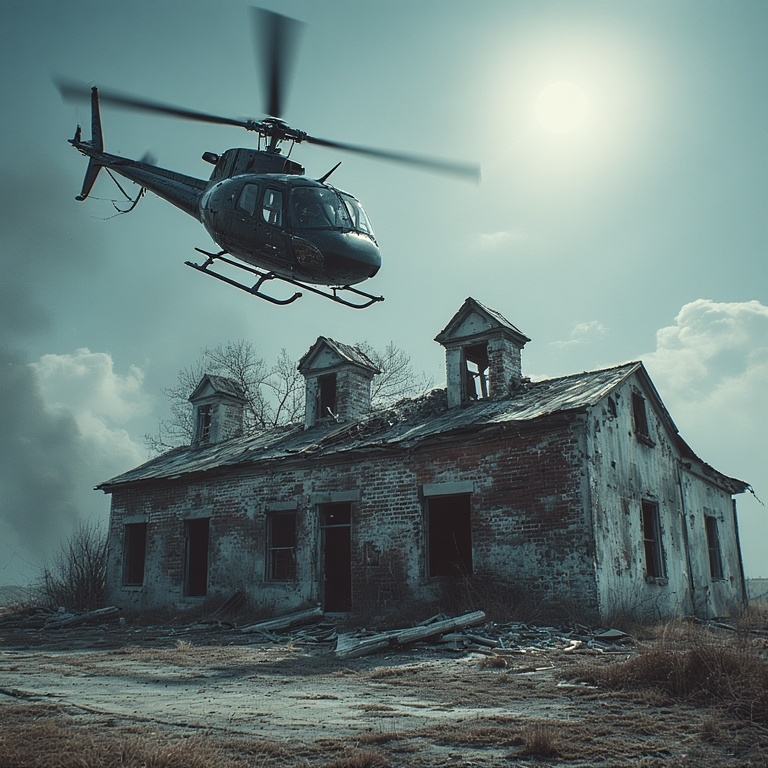
CGI – Uneven Execution Across Explosive Moments
The CGI in Expendables 3 swings between serviceable and distracting. Some sequences, particularly large-scale explosions and vehicle chases, are rendered with decent fidelity. However, other effects—especially blood splatter and background compositing—feel rushed or undercooked. There’s a noticeable inconsistency in texture quality, with some digital elements appearing flat or poorly integrated. In scenes with heavy motion, the CGI can blur or artifact, undermining the impact of the stunt work. Certain character entrances are enhanced with visual effects that feel more cartoonish than cinematic. The digital fire and debris often lack weight, making them feel like overlays rather than physical phenomena. While the film doesn’t rely entirely on CGI, its presence is frequent enough to be a visual liability. The 4K resolution amplifies these flaws, making weak effects more noticeable. Ultimately, the CGI serves its purpose but rarely elevates the experience.
Character Roles – Functional but Lacking Distinction
Each character in Expendables 3 plays their part, but few leave a lasting impression. The ensemble format means screen time is spread thin, and most roles are reduced to archetypes. There’s the silent killer, the wise veteran, the tech-savvy rookie—but none are given room to evolve. Emotional stakes are minimal, and interpersonal dynamics are mostly surface-level. The film’s tone is so aggressively masculine that nuance is often drowned out by bravado. Antonio Banderas stands out with a manic energy that adds levity and unpredictability. Mel Gibson, as the villain, brings a theatrical intensity that contrasts nicely with the stoic heroes. His performance is compelling, even if the character’s motivations are barely sketched. The rest of the cast—Statham, Lundgren, Snipes, Li—deliver action without introspection. It’s a lineup of icons playing icons, not characters, and that’s both the film’s strength and its limitation.
Masculinity – Overplayed to the Point of Parody
The film leans so heavily into masculine tropes that it borders on self-parody. Muscles, guns, and gritted teeth dominate the screen, with emotional vulnerability almost entirely absent. Dialogue is laced with bravado, and camaraderie is expressed through violence rather than empathy. There’s little room for softness or introspection, and the few attempts at humor are rooted in macho posturing. This exaggerated masculinity makes it difficult for any character to truly stand out. Everyone is tough, everyone is capable, and everyone is emotionally impenetrable. The result is a kind of narrative flattening, where individual traits are lost in the noise. It’s a stylistic choice, but one that limits the film’s emotional range. For some viewers, this will feel like a nostalgic throwback; for others, it may come across as dated or one-note. Either way, it’s a defining feature of the film’s identity.

Antonio Banderas and Mel Gibson – The Standouts
Among the sea of stoicism, Antonio Banderas and Mel Gibson inject much-needed personality. Banderas plays Galgo with manic desperation, turning what could have been a throwaway role into a source of comic relief and emotional texture. His rapid-fire dialogue and erratic energy contrast sharply with the rest of the cast. Gibson’s Stonebanks is a more traditional villain, but his performance adds depth through unpredictability and menace. He’s theatrical without being cartoonish, and his presence elevates the stakes. One scene, where he ascends a staircase with an oddly exaggerated gait, feels strangely out of place—almost surreal in its execution. It’s a moment that breaks the film’s rhythm, but also underscores Gibson’s willingness to push boundaries. Together, these two actors bring a sense of character that’s otherwise missing. They don’t just fill space—they shape it. Their performances are proof that even in a film built on spectacle, personality still matters.
Jet Li and Arnold Schwarzenegger – Ambiguous Chemistry
Jet Li and Arnold Schwarzenegger share a curious dynamic that feels both playful and ambiguous. Their interactions are brief but loaded with subtext, hinting at a bond that goes beyond standard action-movie camaraderie. Whether this was an intentional nod to LGBTQI+ audiences or simply a quirky character beat is unclear. The ambiguity adds a layer of intrigue, especially in a film so dominated by heteronormative tropes. Their chemistry is more suggestive than explicit, leaving room for interpretation. It’s a rare moment of softness in an otherwise hard-edged narrative. The way they speak to each other—half-joking, half-sincere—suggests a history that the film never fully explores. This relationship, though underdeveloped, stands out precisely because it feels different. It’s not about dominance or rivalry—it’s about connection. And in a film where most bonds are forged through violence, that’s a refreshing change.
Art Gallery Entry Scene – A Visual High Point
The art gallery infiltration sequence is one of the film’s most visually striking moments. Shot with precision and layered lighting, it showcases the potential of 4K UHD. Textures pop, shadows deepen, and the choreography is easy to follow. The use of color and contrast creates a sense of spatial clarity that’s often missing in other scenes. Explosions bloom with detail, and the camera work allows viewers to appreciate the stunt coordination. It’s a rare moment where style and substance align, creating genuine cinematic impact. The environment itself—marble floors, glass walls, ornate sculptures—adds a layer of elegance to the chaos. The sequence feels choreographed rather than improvised, with each movement serving a visual purpose. It’s the kind of scene that justifies the format upgrade. For fans of action cinema, it’s a standout set piece that rewards repeat viewing.
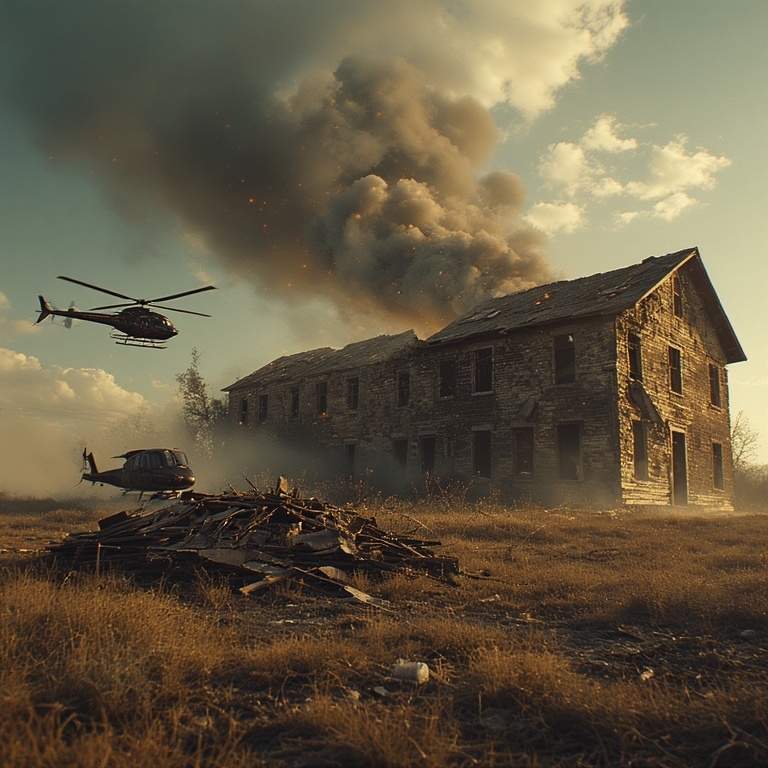
Picture Quality – Sharp Peaks and Dull Valleys
The 4K UHD transfer offers moments of stunning clarity, but it’s not consistent throughout. Some scenes are razor-sharp, with rich detail and dynamic contrast. Close-ups reveal textures in skin, fabric, and weaponry that standard formats can’t match. However, other sequences suffer from flat lighting and muted color grading. The inconsistency creates a visual rhythm that feels uneven—brilliant one moment, bland the next. Night scenes in particular can appear washed out or overly processed. The film’s aesthetic leans toward grit and grime, which sometimes clashes with the polish of UHD. When the visuals hit, they hit hard—but when they miss, they’re hard to ignore. It’s a transfer that showcases both the strengths and limitations of the source material. For home theater enthusiasts, the highs are worth the lows.
Sound Design – Loud, Proud, and Immersive
The audio mix is engineered for impact, with every explosion and gunshot rendered in full-bodied detail. Surround channels are used effectively, placing the viewer in the heart of the action. Dialogue is clean and well-separated, though often secondary to the chaos. The score leans heavily on percussive motifs, driving the film’s relentless pace. Bass response is strong, adding weight to every impact and underscoring the physicality of the action. Quiet moments are rare, and when they do occur, they feel like setups for the next sonic assault. The sound design favors aggression over subtlety, but that suits the material. It’s not a nuanced mix—it’s a visceral one. For viewers with a capable sound system, the disc offers a deeply immersive experience. It’s loud, proud, and unapologetically bombastic.
Star Power vs. Scene Balance – Navigating the Ensemble Challenge
Action films stacked with super-celebrity casts often stumble under the weight of their own star power. With so many iconic figures vying for screen time, the narrative can fracture into disconnected moments—each tailored to showcase a particular actor rather than serve the story. Scenes become showcases, not sequences, and the rhythm of the film suffers. In many cases, the result is a bloated spectacle where no one truly shines, and the ensemble feels more like a marketing strategy than a cohesive unit. Expendables 3, however, manages this challenge with surprising efficiency. While the film doesn’t offer deep character arcs, it distributes action and presence in a way that feels relatively balanced. No single actor dominates the runtime, and the team dynamic—though thinly written—remains intact. The film’s “eco” structure, built around the idea of rotating roles and shared spotlight, helps mitigate the usual pitfalls of ensemble excess. Characters enter, contribute, and exit without derailing the momentum. It’s not perfect, but compared to other star-stuffed action vehicles, Expendables 3 holds its shape and keeps its focus on collective chaos rather than individual ego.

Timing and Suspension of Urgency – When Action Ignores Its Own Clock
One of the recurring flaws in Expendables 3—and in many modern action films—is its disregard for realistic timing within high-stakes sequences. Rockets fall from the sky, grenades roll across the floor, and helicopters hover ominously overhead, yet the characters often behave as if they have all the time in the world. Instead of reacting with urgency, they pause to deliver lines, exchange glances, or even tell fragments of backstory mid-chaos. This disconnect between threat and response undermines the tension and makes the action feel staged rather than spontaneous. It’s as if the film wants to preserve the cool factor of its stars at the expense of believable pacing. The result is a kind of cinematic lag—where danger is delayed just long enough for the heroes to pose, joke, or monologue. These moments stretch plausibility to the breaking point, and while they may serve fan service, they erode the internal logic of the scene. After a few of these sequences, the stakes begin to feel artificial, and the film’s momentum suffers. What should be edge-of-your-seat becomes oddly theatrical, and the audience is left watching characters who seem immune not just to bullets, but to time itself. It’s a stylistic choice, but one that makes everything feel a bit dumbed down—less like a war zone, more like a rehearsal.
Stunt Work – Spectacle with a Side of Sloppiness Some of the stunt sequences in Expendables 3 are genuinely impressive, showcasing the physical commitment of the cast and the choreography behind the chaos. You can tell that several of the stars—especially Statham, Snipes, and Rousey—are doing their own work, lending authenticity to hand-to-hand combat and close-quarters action. Explosions are timed well, vehicle chases are fast and brutal, and the film occasionally hits that sweet spot where danger feels real. However, not all stunts maintain that level of precision. There are moments where continuity breaks down—like a truck barreling through a compound with one person inside, only to cut to a shot showing three passengers without explanation. These inconsistencies pull the viewer out of the moment and make the action feel less grounded. It’s not just a matter of realism—it’s about rhythm and spatial logic. When the geography of a stunt doesn’t add up, the tension deflates. The film wants to be visceral, but sometimes it settles for visual noise. Still, when the stunts land cleanly, they’re thrilling and well-framed. It’s a mixed bag, but the highs are high enough to keep the adrenaline flowing.
Editing – Serviceable but Occasionally Misaligned The editing in Expendables 3 does just enough to keep the film moving, but it’s not without its flaws. Scene transitions are brisk, and the pacing rarely drags, which helps maintain momentum across the film’s sprawling runtime. Action sequences are cut with energy, often using rapid edits to heighten impact. But this approach sometimes sacrifices clarity—especially in group scenes where spatial alignment matters. Characters appear and disappear between cuts, and the positioning of vehicles, weapons, or even bodies can shift without explanation. These misalignments aren’t catastrophic, but they chip away at the film’s internal logic. In quieter moments, the editing feels rushed, as if the film is afraid to linger too long without a punch or explosion. Dialogue scenes are often clipped short, and emotional beats are undercut by abrupt transitions. Still, the overall structure holds together, and the film never collapses under its own weight. It’s not elegant, but it’s functional. For a movie built on momentum and muscle, the editing gets by—even if it occasionally stumbles.
PG-13 Rating – Restrained but Surprisingly Effective
Expendables 3 was released with a PG-13 rating in the United States—a notable shift from the hard-R tone of its predecessors. For a franchise built on blood, bullets, and bravado, this decision raised eyebrows. Yet the film manages to operate within these constraints without losing its core identity. The violence is still frequent and explosive, but it’s stylized rather than graphic. Bloodshed is implied more than shown, and profanity is dialed back without neutering the dialogue’s punch. This restraint forces the film to lean more on choreography, pacing, and character interplay, which surprisingly works in its favor. Compared to Expendables 2, which often felt indulgent and uneven, the third installment is tighter and more focused. And when stacked against Expendables 4, which struggles with tonal clarity and pacing, Expendables 3 feels more cohesive—even if it’s not as brutal. The PG-13 rating doesn’t elevate the film, but it doesn’t cripple it either. It forces a cleaner kind of chaos, and in doing so, makes the spectacle more accessible without sacrificing momentum. For a franchise that thrives on excess, this installment proves that moderation can still deliver impact.
Gender Representation – Rhonda Rousey and the Void Beyond Her
In a cast dominated by male action stars, Rhonda Rousey stands alone as the film’s primary female presence. Her role as Luna offers a refreshing burst of physicality and confidence, and she holds her own in combat sequences with conviction. Yet her inclusion feels more like a token gesture than a meaningful shift in casting dynamics. The film’s world is overwhelmingly masculine, with few—if any—female characters given narrative weight or screen time. There are no rival female villains, no complex female allies, and no emotional arcs that center on women. Rousey’s character is competent, but she’s not given the depth or development to truly stand out. Her presence highlights the absence of others, making the gender imbalance even more apparent. In a genre that often sidelines women, Expendables 3 does little to challenge the status quo. The lack of female voices, perspectives, and relationships limits the film’s emotional and thematic range. It’s a missed opportunity in a franchise that could benefit from broader representation.
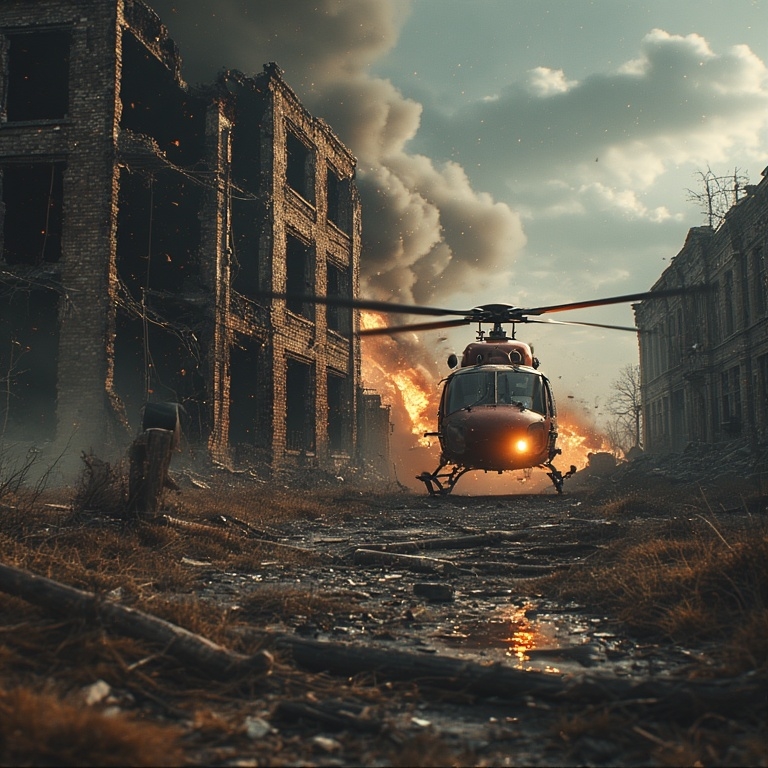
Will This Become a Classic? – Legacy vs. Longevity
Whether Expendables 3 will be remembered as a classic is a question of genre loyalty more than cinematic merit. It doesn’t reinvent the action formula, nor does it strive for emotional depth or narrative innovation. Instead, it leans into nostalgia, assembling a roster of aging icons and letting them do what they do best—shoot, punch, and pose. For fans of the franchise and lovers of old-school action, that’s enough to earn affection. But classic status demands more than affection—it requires cultural resonance, influence, and staying power. Expendables 3 is entertaining, but it’s not transformative. It doesn’t define an era or shift the genre’s trajectory. Its PG-13 rating makes it more accessible, and its ensemble cast gives it novelty, but those aren’t the ingredients of timelessness. It may live on as a cult favorite among action purists, especially those who appreciate its balance of spectacle and restraint. Yet in the broader cinematic landscape, it’s more likely to be remembered as a solid entry in a nostalgic franchise than as a defining moment in film history. Classic? Probably not. Enduring fun? Absolutely – But this is not The Great Escape or The Longest Day – The best this film will become is a pop culture fan favourite.
Helicopter Sequence – A Letdown in the Sky
For a film built on explosive spectacle, the helicopter scene in Expendables 3 should have been a showstopper. Instead, it lands with a thud—visually underwhelming and technically sloppy. The setup promises tension: a low-flying chopper weaving through gunfire, characters scrambling for cover, and the potential for aerial mayhem. But what unfolds feels more like a placeholder than a climax. The CGI is noticeably shoddy, with the helicopter rendered in flat textures and unnatural motion. It hovers like a video game asset, lacking weight, realism, or any sense of physical consequence. Explosions around it look pasted on, and the interaction between the aircraft and its environment is minimal at best. There’s no sense of scale, no kinetic urgency, and no visual payoff. Even the actors seem disconnected from the threat, reacting with delayed expressions and awkward timing. It’s a missed opportunity in a film that otherwise knows how to deliver chaos. Instead of elevating the tension, the helicopter sequence drags it down, reminding viewers that not all action is created equal.
Conclusion – A Format That Amplifies the Expendables Franchise’s DNA
Expendables 3 in 4K UHD is exactly what it promises to be—an explosive, chaotic, and unapologetically macho action film, now rendered with sharper visuals and louder sound. The format upgrade enhances the spectacle, but also exposes the film’s uneven craftsmanship. CGI inconsistencies, flat character arcs, and tonal excesses are more visible than ever. Still, for fans of the franchise, this release is a celebration of genre tradition—a place where legacy actors flex, fight, and fire without restraint. The standout performances from Banderas and Gibson add texture, while the art gallery sequence and sound design showcase the potential of UHD presentation. Yet the film’s lack of female representation and emotional nuance keeps it from evolving beyond its formula. It’s a cinematic time capsule—nostalgic, flawed, and fiercely committed to its identity. Whether that identity still resonates is up to the viewer. But in terms of delivering raw entertainment, Expendables 3 doesn’t hold back. It’s loud, fast, and exactly what it says on the tin. Will there be another one in the frnachise for 2026?
Join the Discussion
Did Expendables 3 deliver the action you were hoping for, or did the lack of character depth and representation leave you wanting more? Which scenes stood out most in 4K, and how do you feel about the chemistry between the cast? Which was your favourite Expendables and why?
#Expendables3 #4KUHD #ActionCinema #MelGibson #AntonioBanderas #RhondaRousey #JetLi #ArnoldSchwarzenegger #HomeTheater #FilmReview #ExplosiveCinema #StuntSpectacle #MasculineCinema #CinematicChaos #GenreLegacy
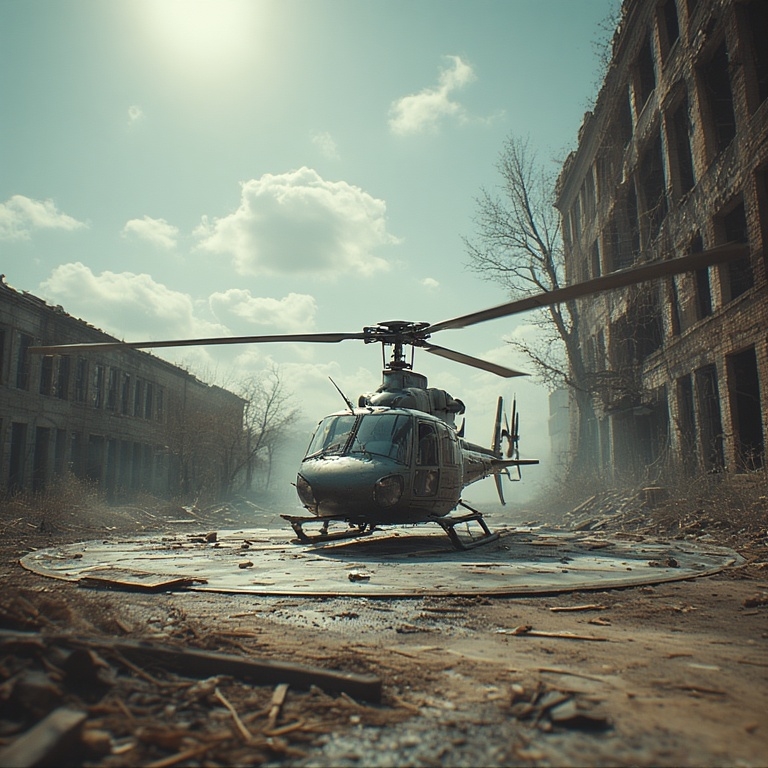
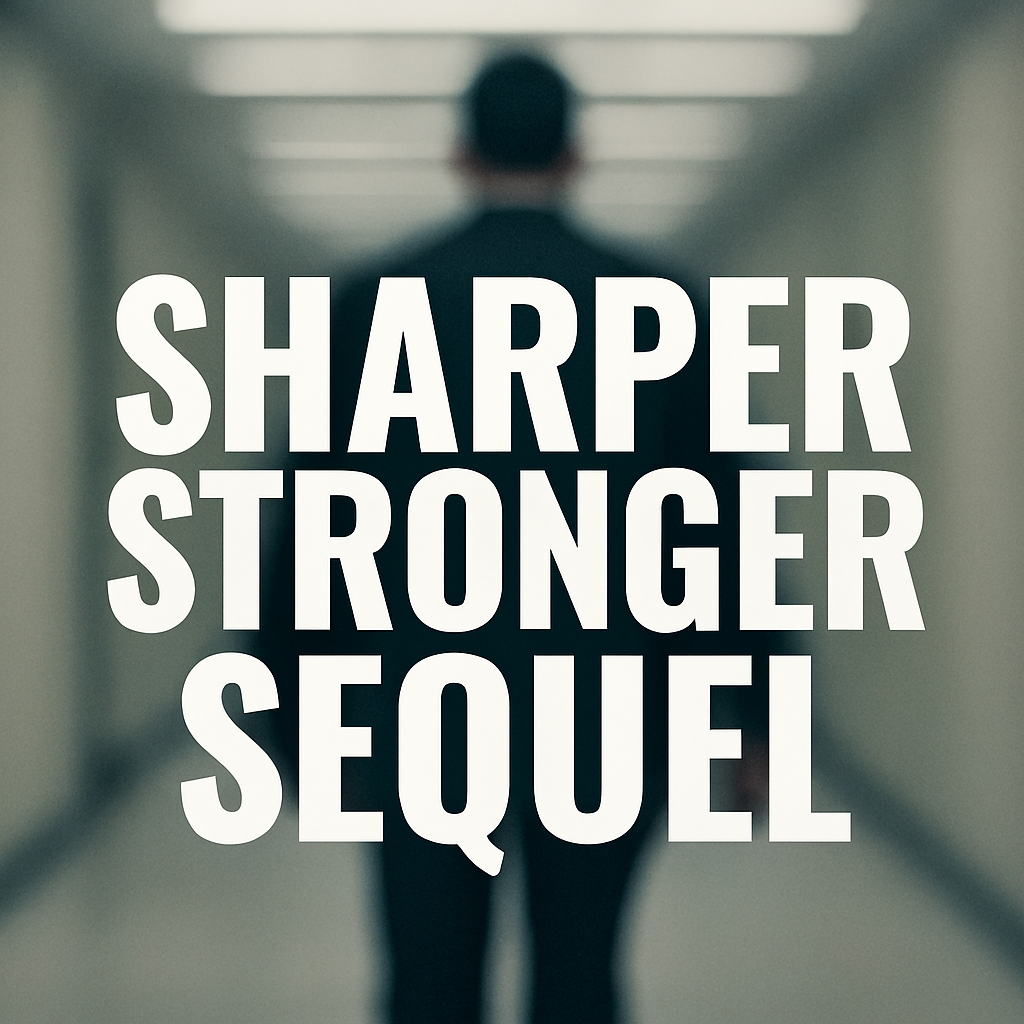



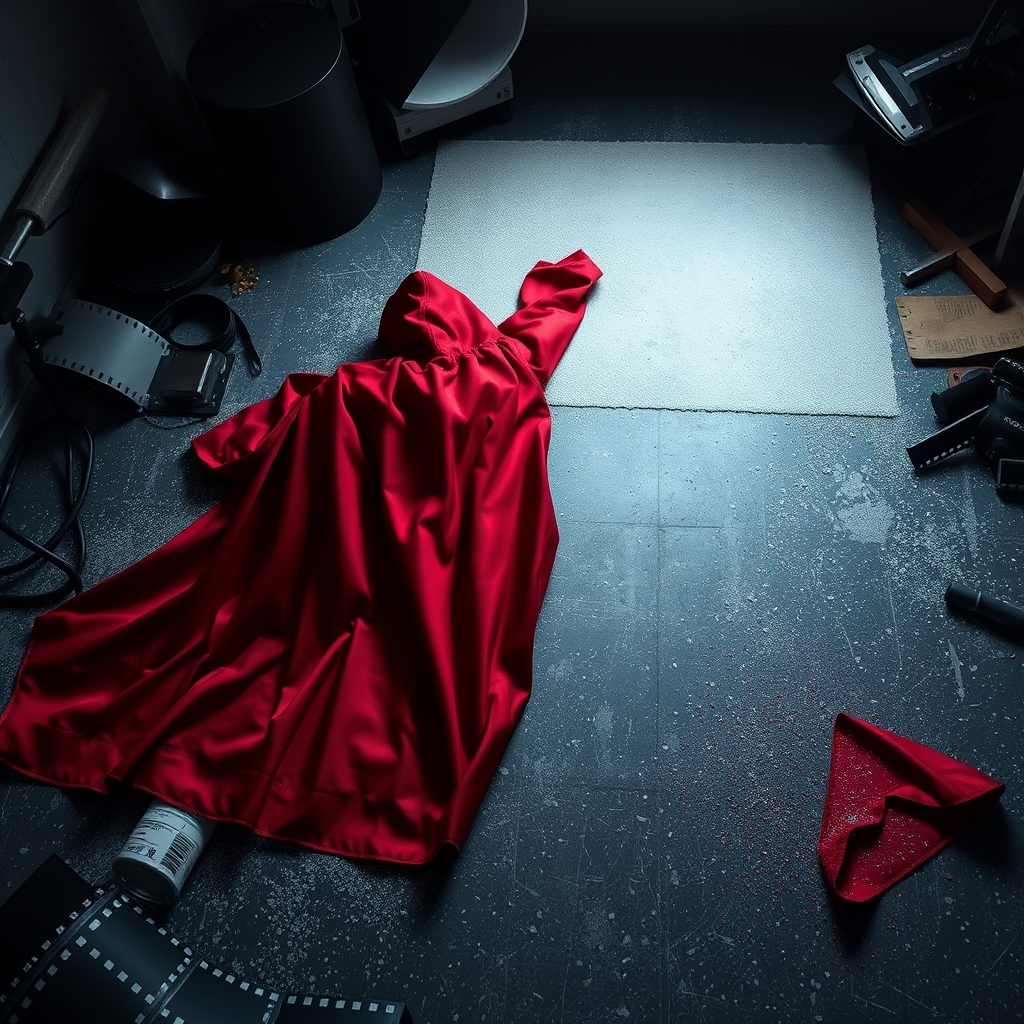
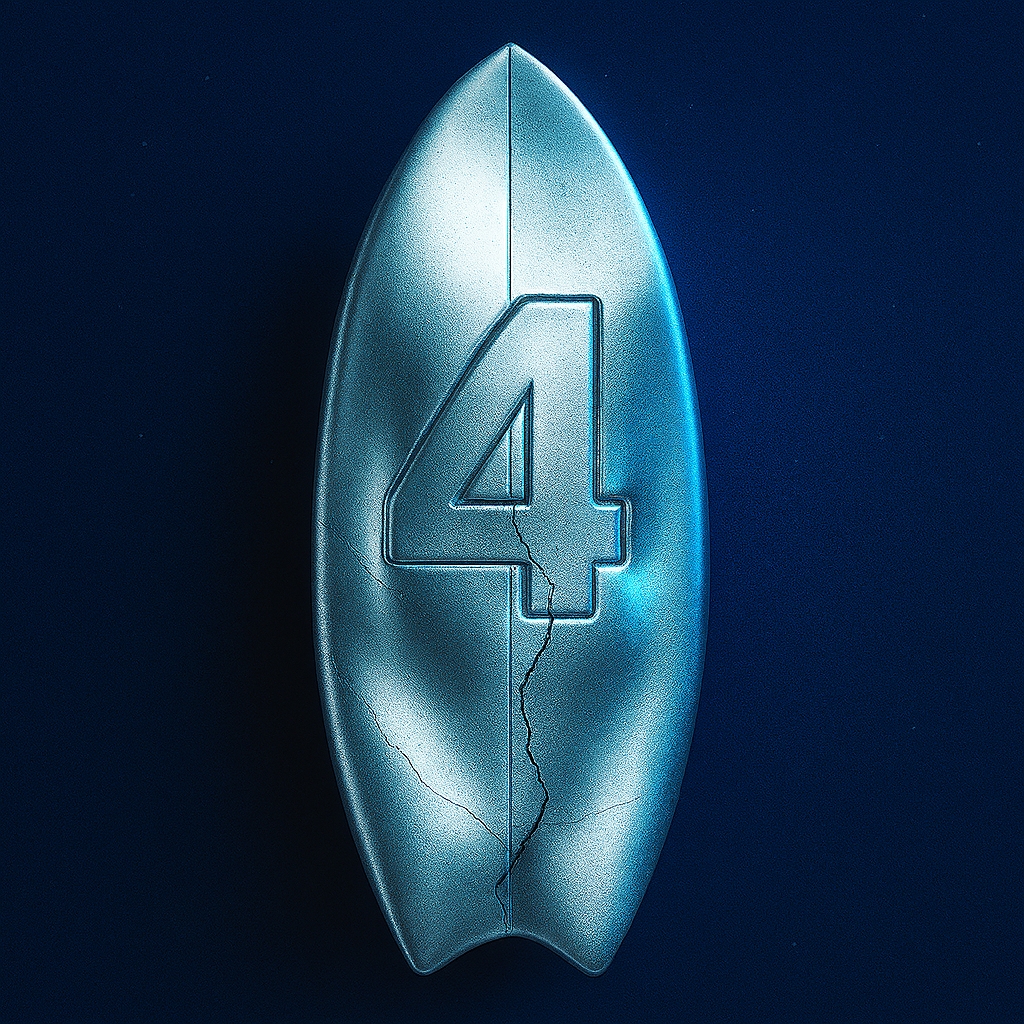
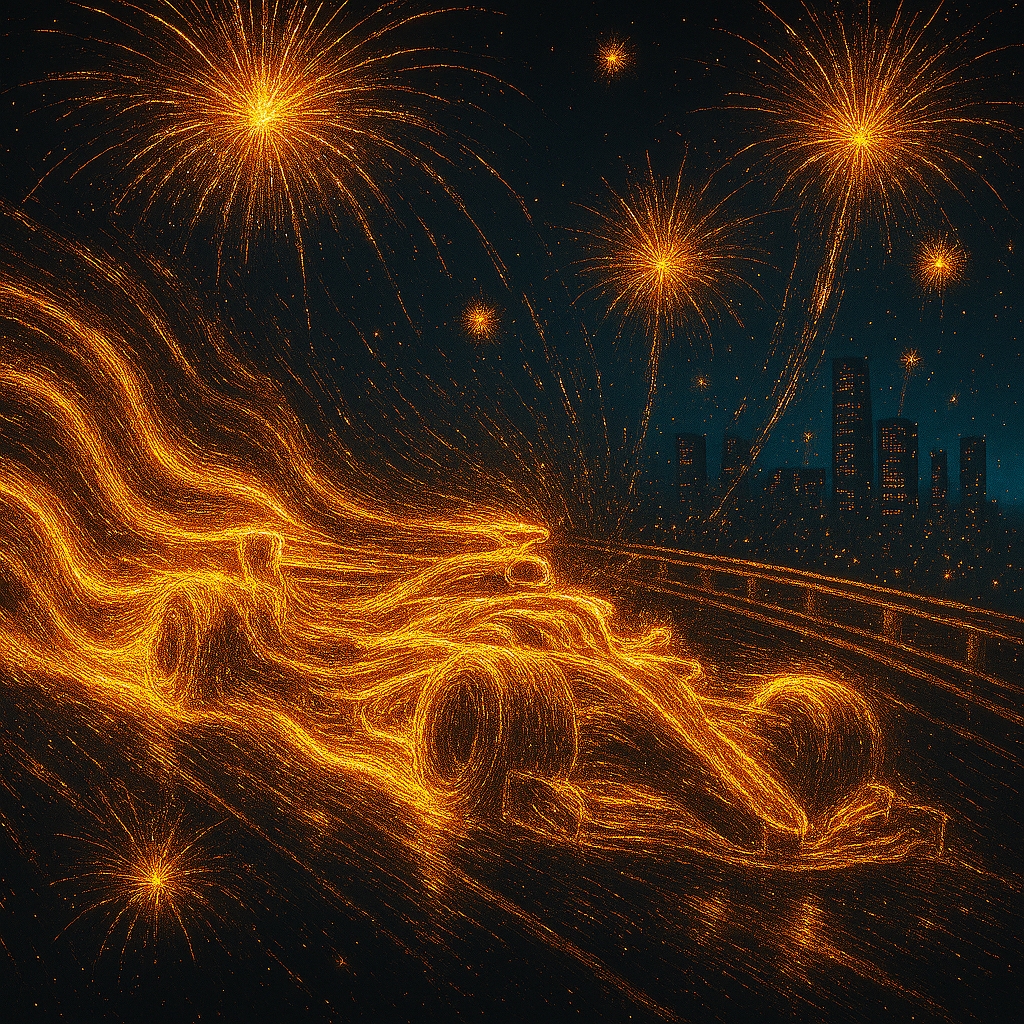

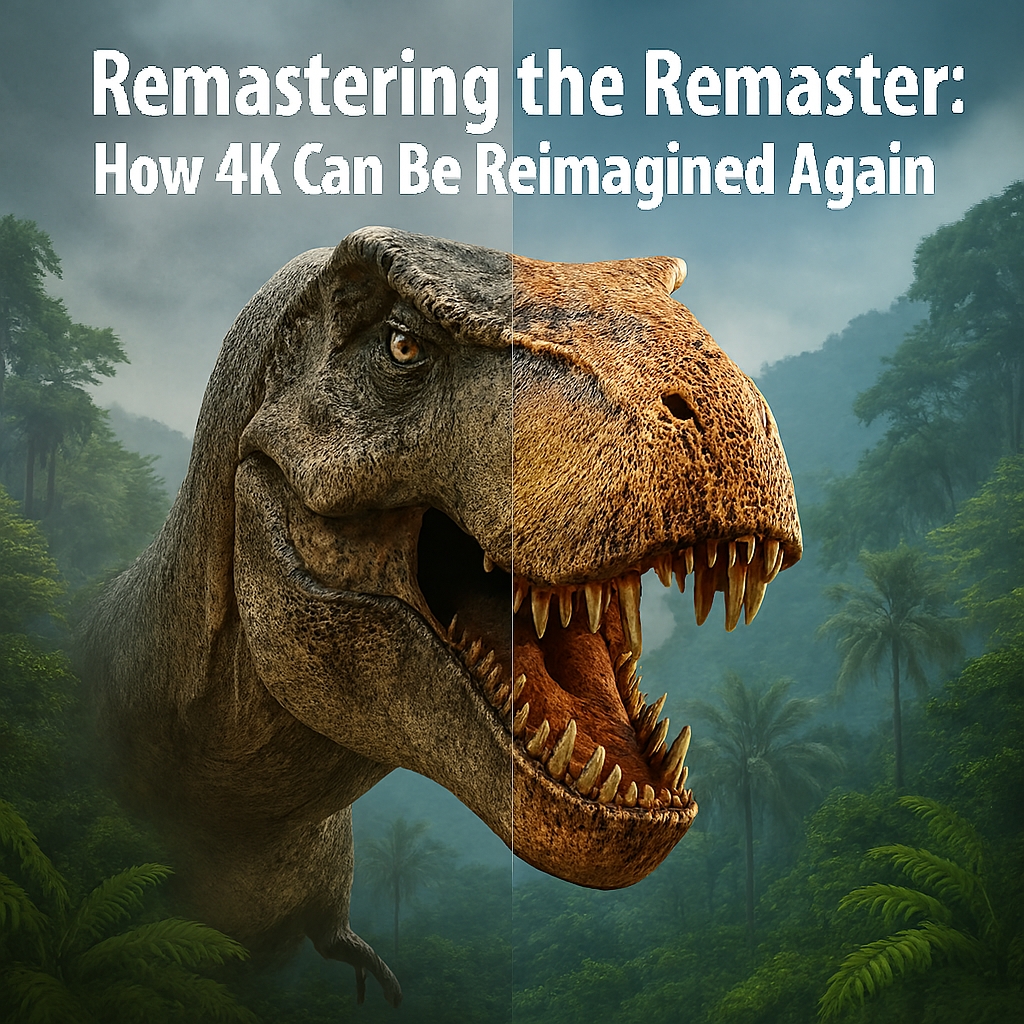

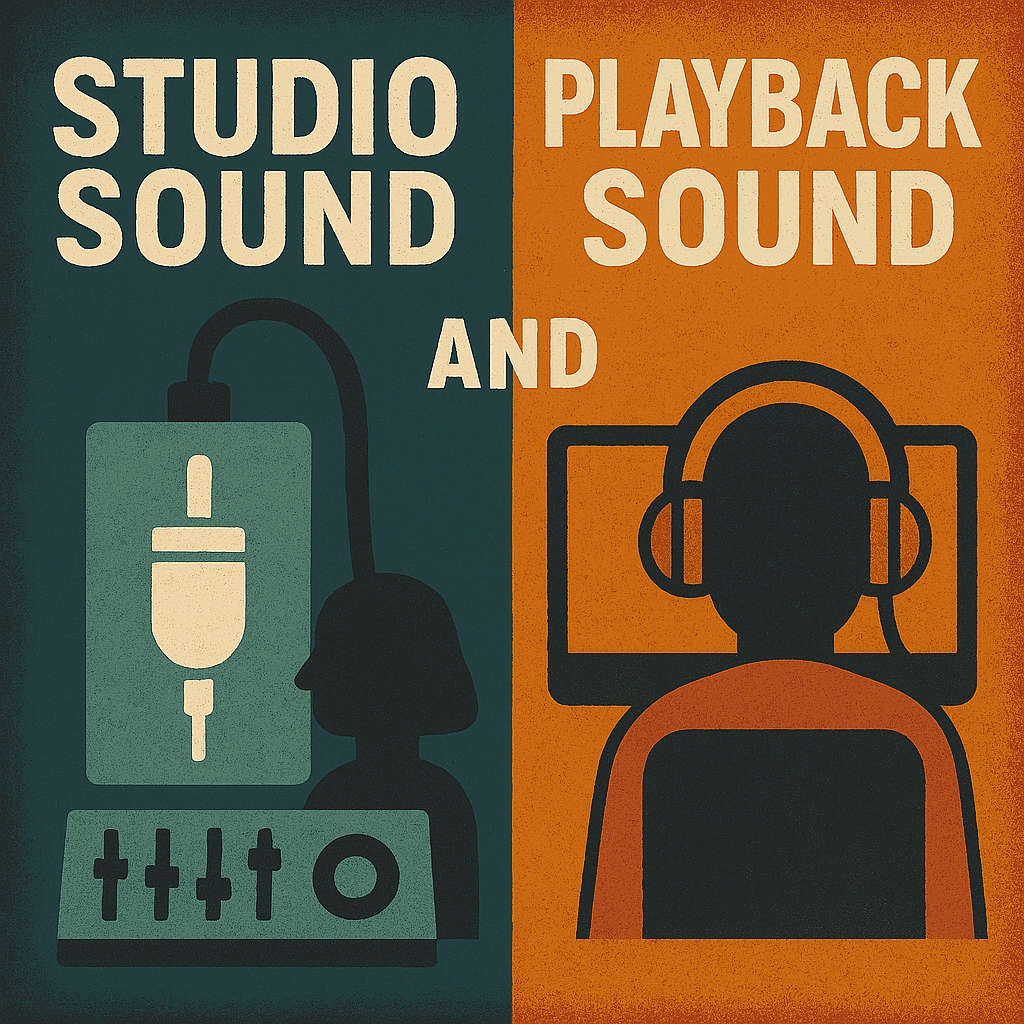
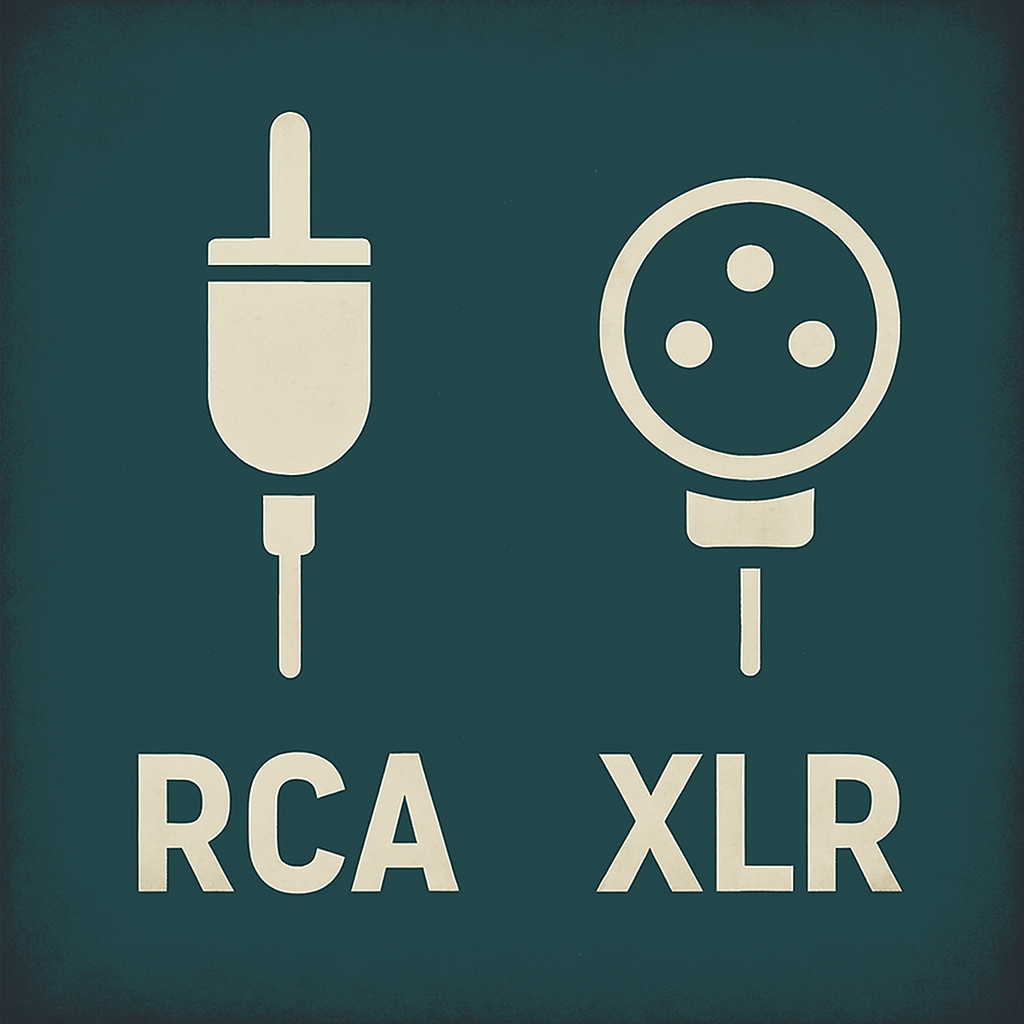


Leave a Reply